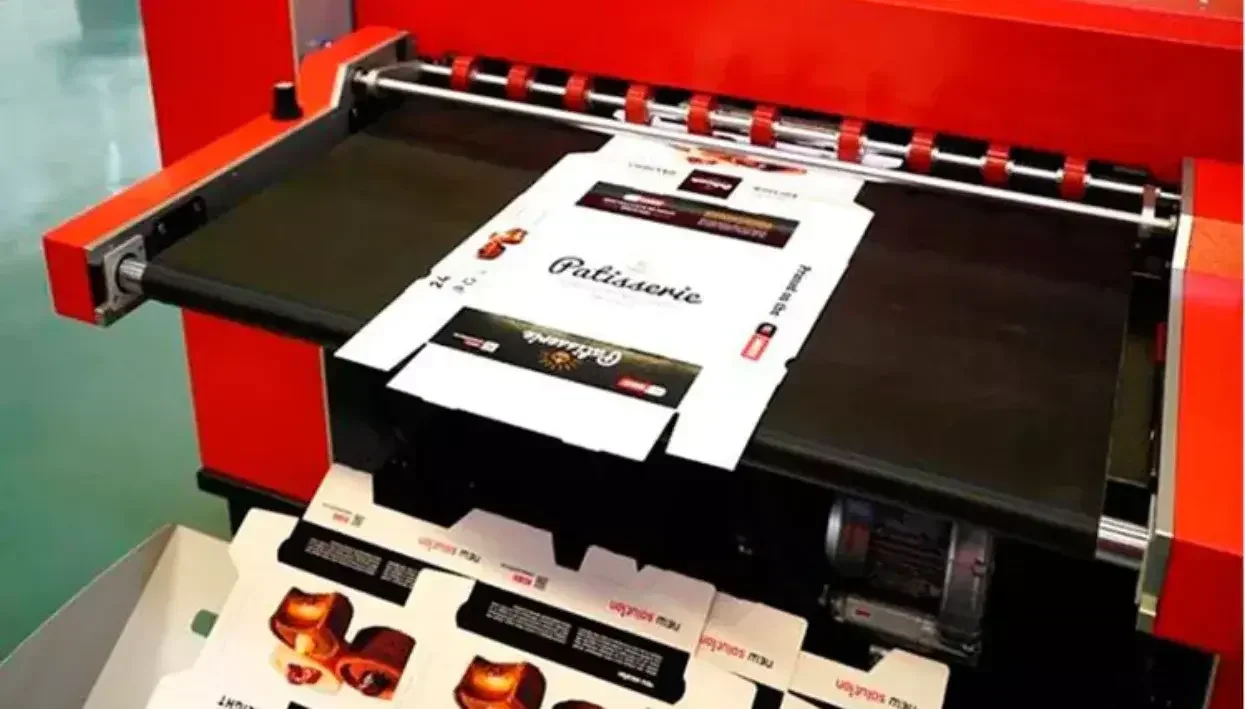Packaging
Wide Format Printing
The evolution of packaging
Author
FESPA Staff
Published Date
20/12/2018
Become a FESPA Member
to Continue Reading
